You are here
Max slope angle
15-30 Degrees
Vertical descent
3,500.00 ft (1,066.80 m)
Distance
6.25 mi (10.06 km)
Please respect the outdoors by practicing Leave No Trace. Learn more about how to apply the principles of Leave No Trace on your next outdoor adventure here.
Nearby Lodging + Camping
Eastern Sierra + White Mountain Area, California
Lee Vining, California
Lee Vining, California

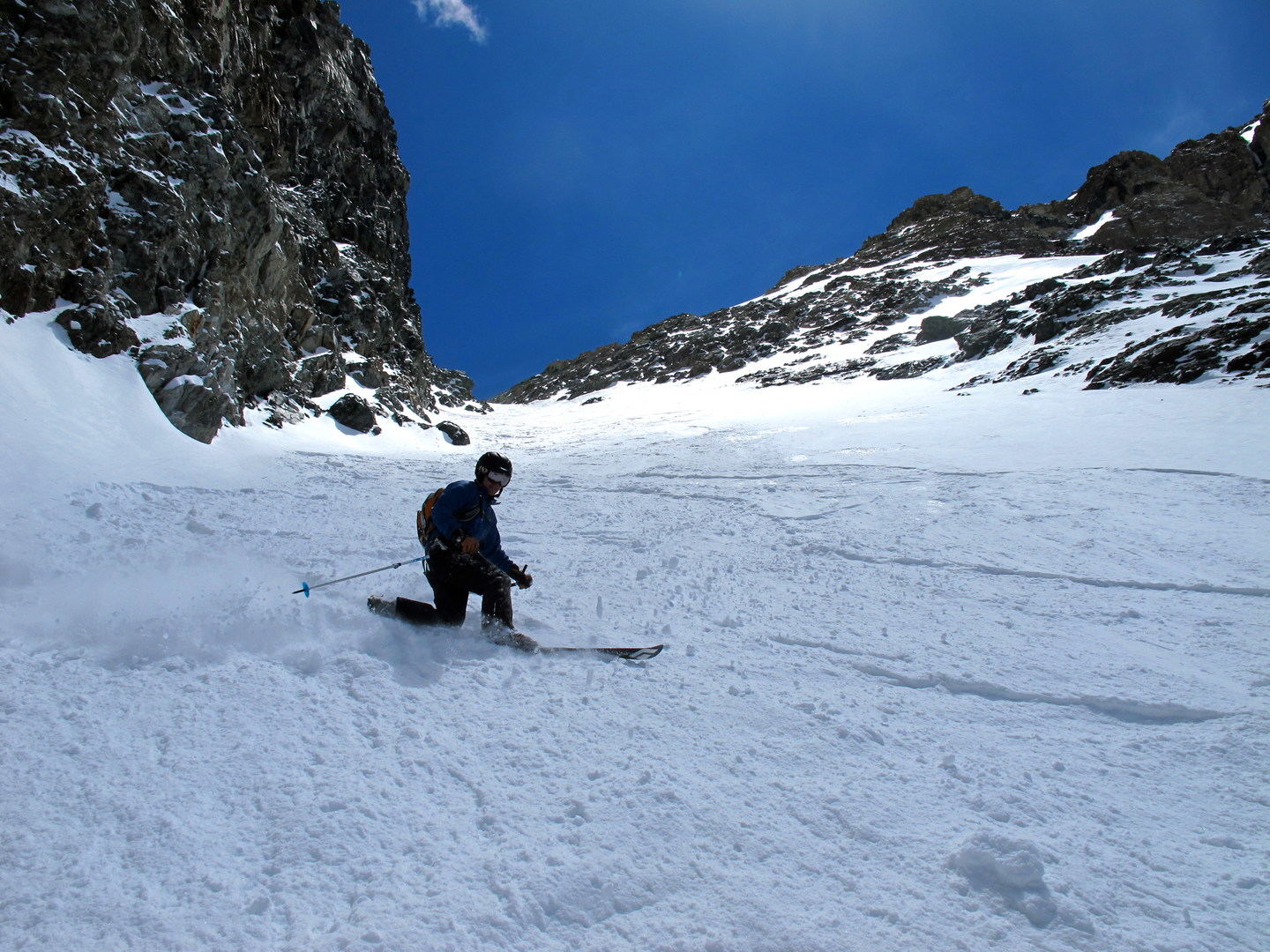




















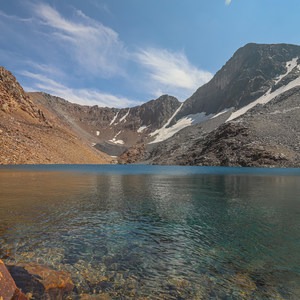
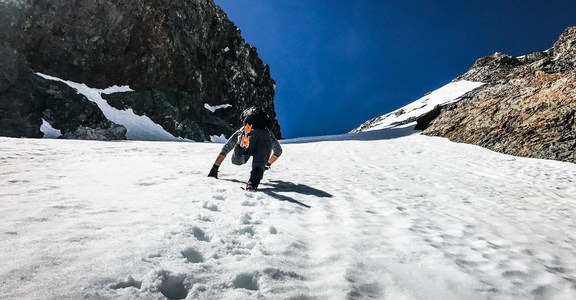

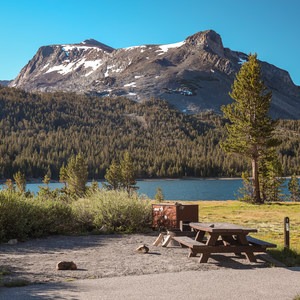
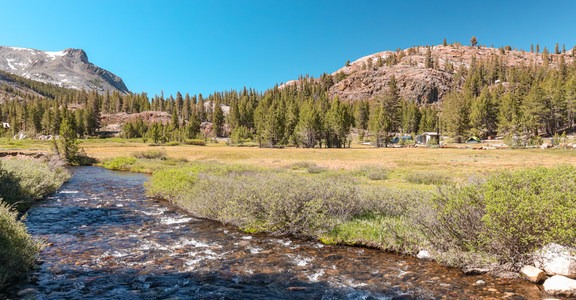
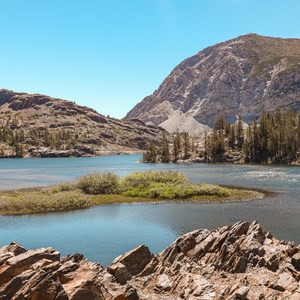



Comments
Sign In and share them.